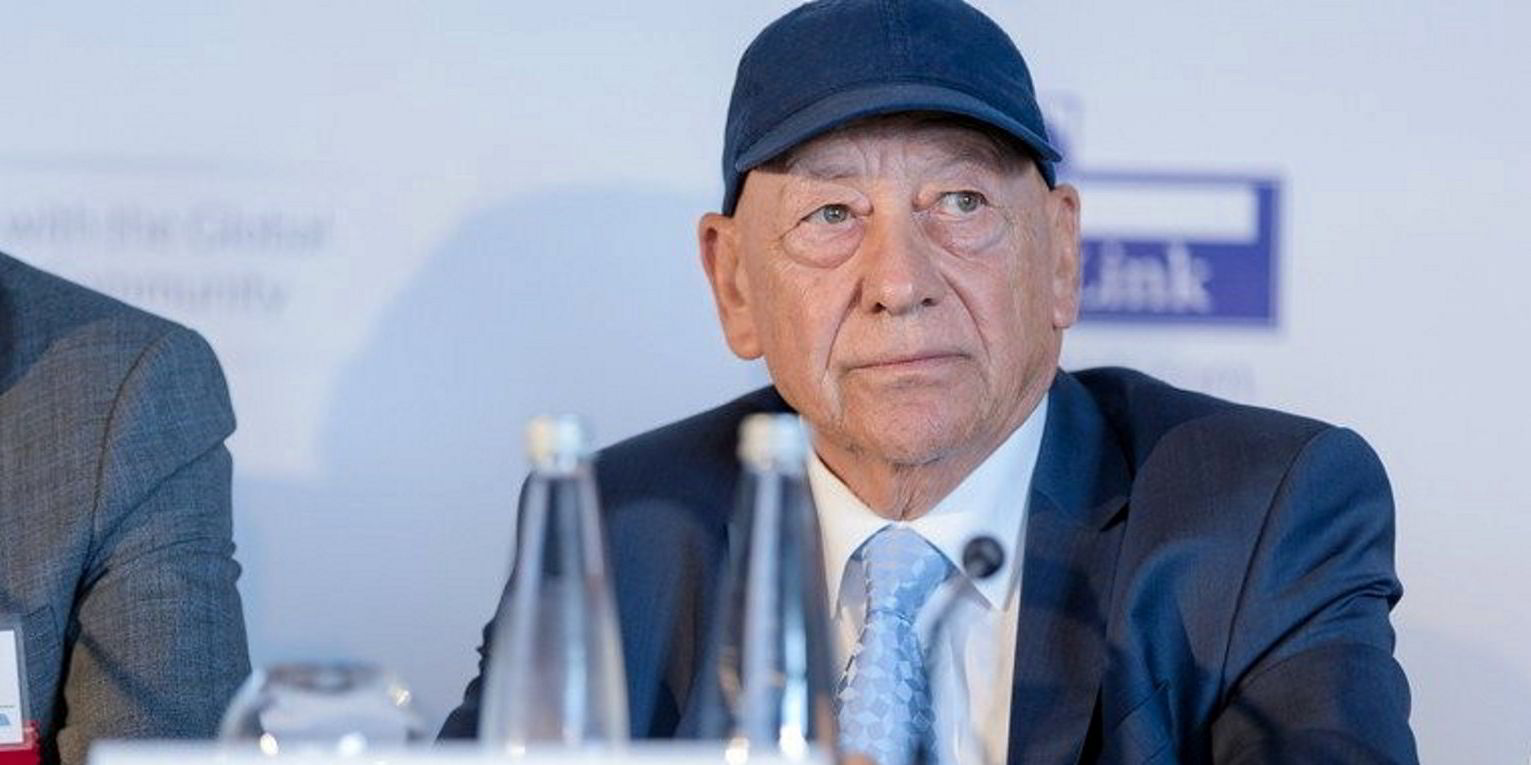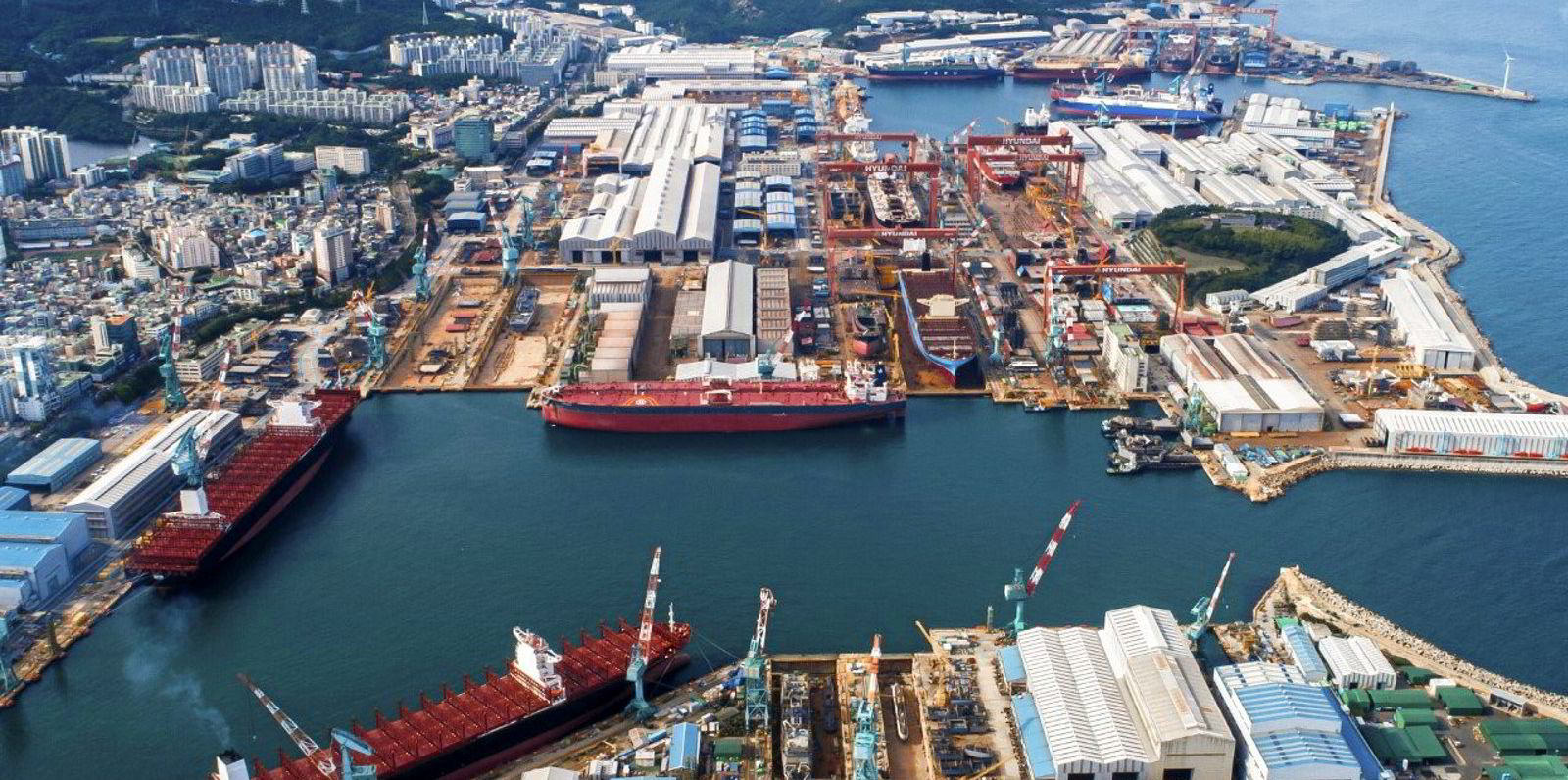Tanker owners are being tempted back to shipyards for new ships at an increasing pace, but the order rush is not yet threatening healthy market fundamentals.
French shipbroker BRS Group believes that the effects of a recent contracting glut will not be seen until after 2026 at the earliest.
In the last few days alone, TradeWinds has reported Nissen Kaiun ordering product tankers, Hong Kong’s TCC Group inking LR2 deals and Dynacom Tankers Management splashing more than $600m on up to 14 clean tankers.
The Paris shop said that from January to mid–April, firm orders were placed for 61 tankers of MR1 size and above.
This added a combined capacity of 5.7m dwt to yard slates and is up 48 ships year on year.
MR2s are proving the most popular with 26 orders. Aframaxes accounted for 19 ships and suezmaxes 12.
“As the pace of deliveries so far this year is faster than contracting, the orderbook to fleet ratio continues to shrink,” BRS said.
A total of 272 tankers of 34,000 dwt and above are currently on order, equivalent to 26.6m dwt or 4.1% of the existing fleet — the lowest level in more than 30 years.
“In addition to the above, a flurry of orders has emerged over the past two weeks of April, suggesting that full April contracting figures will come in at the highest level since March 2021,” the broker added.
And the French company warned that annual tanker contracting could yet outpace deliveries in dwt terms this year.
Fleet growth unlikely to exceed 5%
BRS calculates that, at the current pace of ordering, annualised contracting is running at 260 units, up 165% from 2022, but still short of the high point observed in 2017.
Even at this rate, the orderbook to fleet ratio at the end of 2023 is unlikely to top 5%, the broker said.
“Indeed, it would take a large wave of ordering activity of more than 380 vessels to return the orderbook to fleet ratio to above 7%, a level which analysis suggests would potentially weigh on fleet fundamentals from 2026 onwards,” BRS added.
It expects combined crude and product tanker fleet growth over the next two years to probably remain below 2%.
Supply dynamics are more favourable to the clean sector, where LR1s and MR1s will see their numbers decline.
On the crude side, VLCCs and aframaxes are projected to see the highest fleet growth this year of 3% and 2%, respectively.






